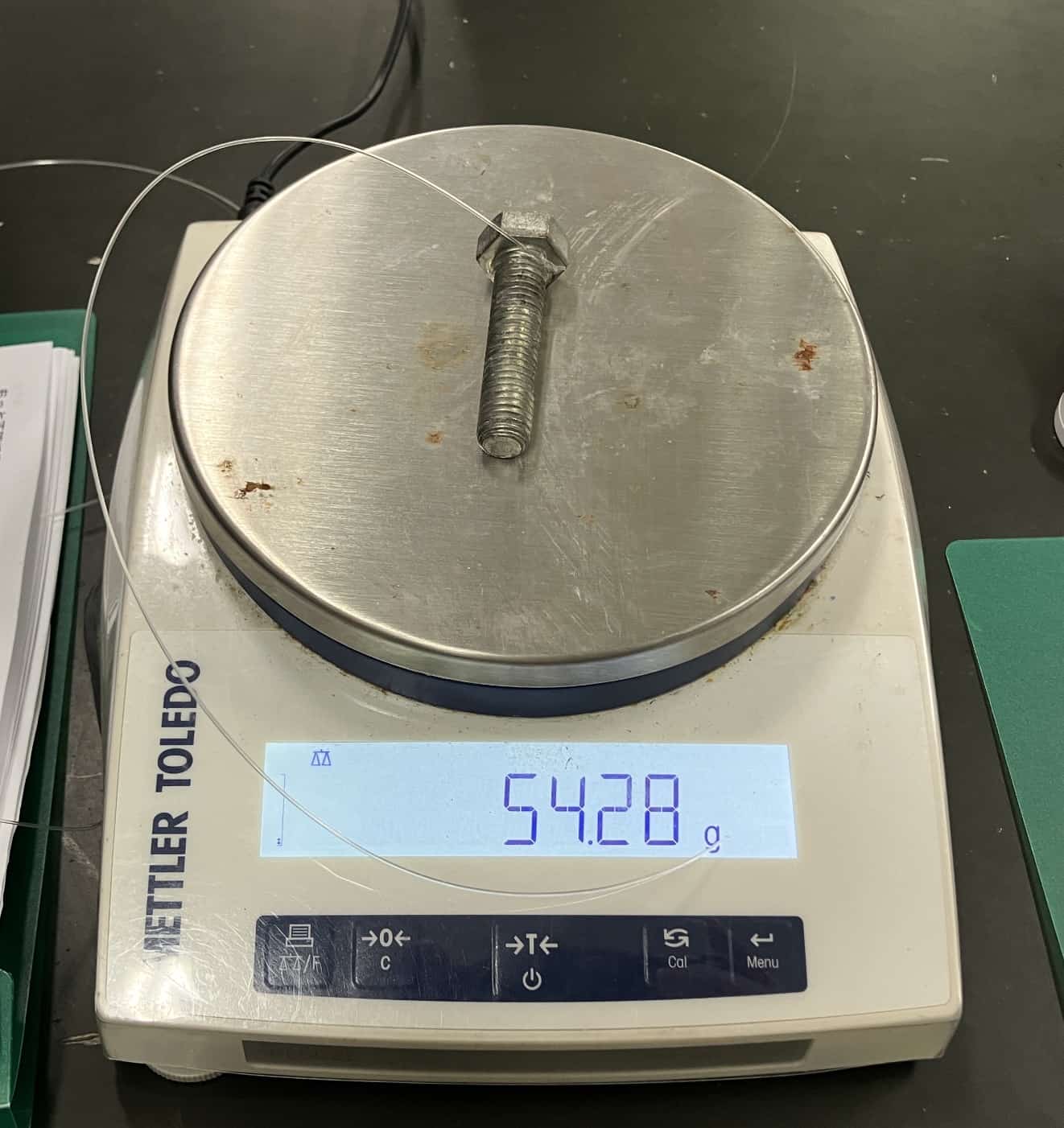Unmask the Mystery Metal with Density! Master the Secrets of “Error” and “Safety” Through Hands-On Experiments
I’m Ken Kuwako, a Science Trainer. Every day is an experiment.
When you look at a chunk of metal sitting in front of you, how do you figure out “what kind of metal it is”? Just by looking at it, it’s tough to tell if it’s iron, aluminum, or maybe silver, right? Actually, there’s a certain experiment taught in junior high school science that allows you to unmask the true identity of that metal, just like a detective. Today, I’ll take you through a look at our “Density Measurement Experiment” class—a profound topic built on basic science—and introduce the crucial scientific procedures students learn along the way.

Search for the Substance’s “Fingerprint”! Measuring Density
In our class, we hand students three unknown metal samples (a bolt, a spring-shaped metal piece, and a cone-shaped metal piece). The key to figuring out what these metals are made of is “Density.” Density is defined as the mass per cubic centimeter of a substance, and each substance has its own unique, fixed value. It’s essentially the fingerprint of the substance.

To cross-reference this “fingerprint,” students collect data using the following steps: Measure the “Mass” using a digital scale (electronic balance). Measure the “Volume” using a graduated cylinder. Calculate the density using the formula: “Mass ÷ Volume.” While the procedure is simple, it’s packed with the fundamentals of scientific experimentation.
The Graduated Cylinder: A Battle Against “Error”
The trickiest part of this experiment is measuring volume using the graduated cylinder. Students determine the volume of the metal by submerging it in a liquid and measuring the displacement of the water—but this can’t be done carelessly. This part of the lesson makes students deeply consider the relationship between the “True Value,” the “Measured Value,” and the “Error” that arises between them.
The mass is measured using a digital scale.

When it comes to volume, there are strict rules for using a graduated cylinder correctly to pursue an accurate value. These rules for using a graduated cylinder are summarized in detail in this video:
Place it on a level surface: If it’s tilted, you won’t be able to read the meniscus correctly.
Keep your eye level with the meniscus: Looking from above or below will make the scale reading appear incorrect.
Read to one-tenth of the smallest graduation by estimation: This is the standard procedure in junior high science. In reality, the goal is to read as precisely as possible.
Why do we read to “one-tenth”? For example, if the meniscus falls between “35” and “36,” reading it as “around 35.5” allows the measured value to be closer to the true value when rounding is applied later. This is what we call Significant Figures.
Safety precautions are also essential. We attach a “fishing line” to the metal weights. If the metal is dropped straight into the glass graduated cylinder, there’s a risk of the bottom cracking! By strictly enforcing the rule: “Hold the fishing line and lower it slowly so the glass doesn’t break,” students naturally develop a mindset of respecting their equipment and prioritizing safety.
The Thrill of Individual Data Converging into a “Law”
As the experiment progresses, each group produces its own data. However, data from just one group might leave room for doubt—was it just a coincidence?—and every measurement inherently contains some error. That’s where the whole class comes in. We collect the results from all groups and plot the data on a graph, with “Mass” on the vertical axis and “Volume” on the horizontal axis.
And what happens? The points from all the seemingly scattered group results converge beautifully around a single straight line!
The “slope” of this line is exactly what represents the density of that substance. “Our group’s data was a little off, but when you look at the whole class, it falls right on this line!” In that moment, students visually grasp the universal property of matter (density), moving past the small-scale “error.”
A collection of small individual measurements comes together to reveal a great truth. That’s the real thrill of a science experiment.
Inquiries and Requests
Bring the wonder and fun of science closer to you! We’ve compiled easy-to-understand information on fun science experiments you can do at home and the key tips for them. Feel free to search around! ・The content from Science Note has been published as a book. Find more details here ・To learn about the author, Ken Kuwako, click here ・For various requests (writing, lectures, experimental classes, TV supervision, appearances, etc.), click here ・Article updates are posted on X (formerly Twitter)!
![]() Experimental videos are available on the Science Note Channel!
Experimental videos are available on the Science Note Channel!


